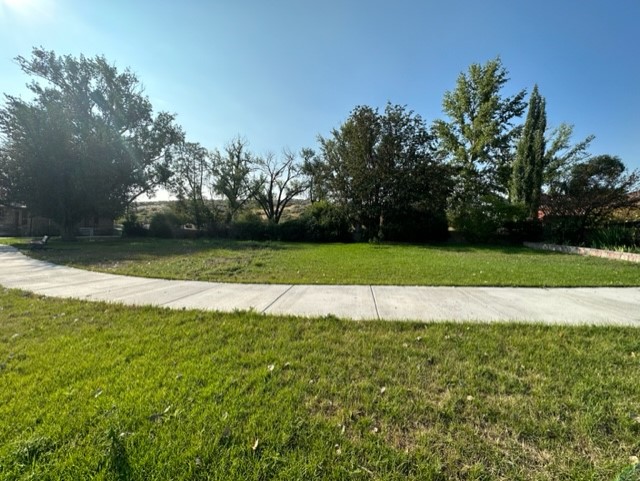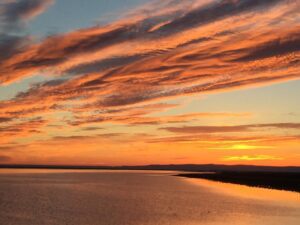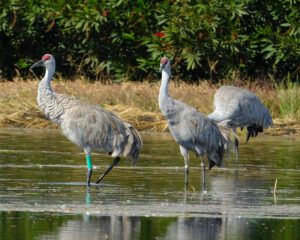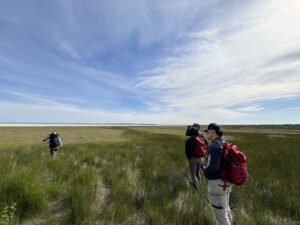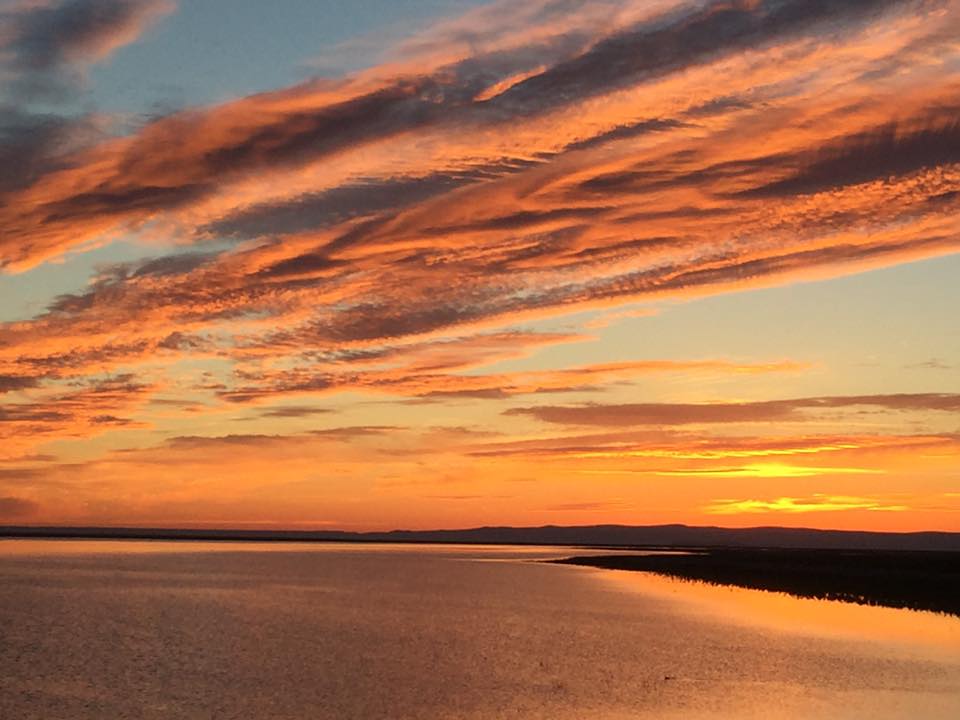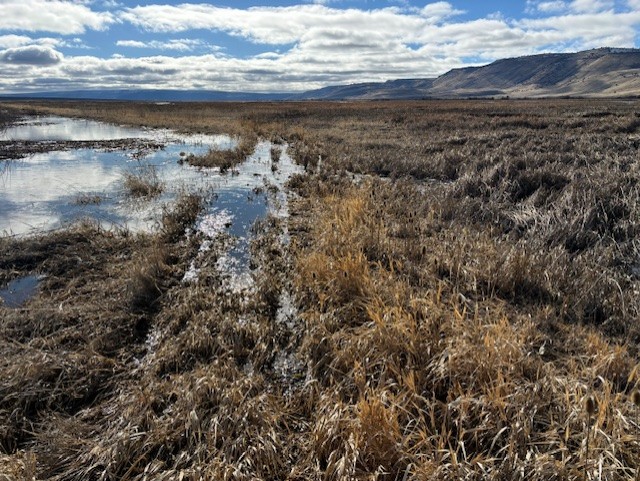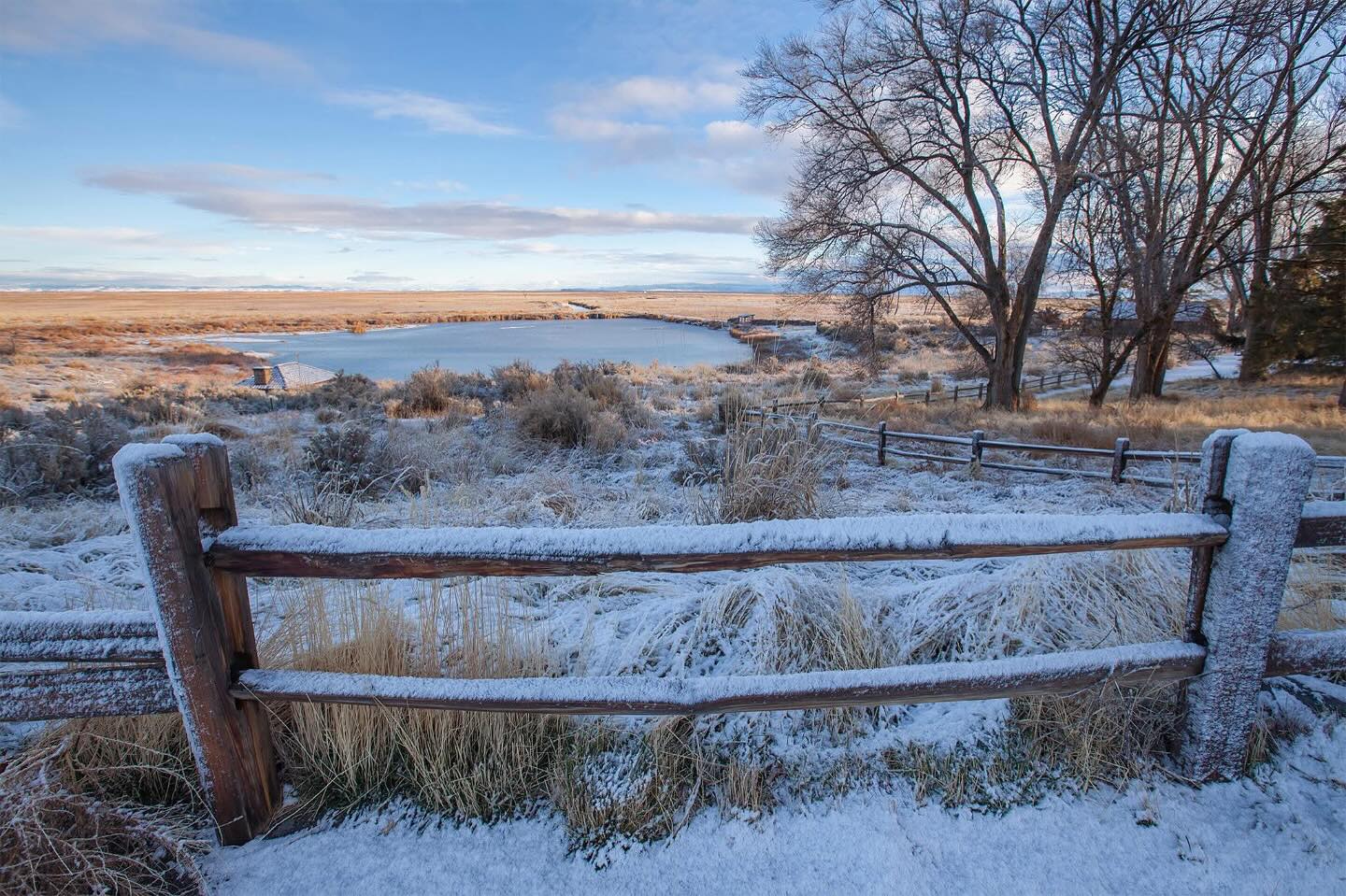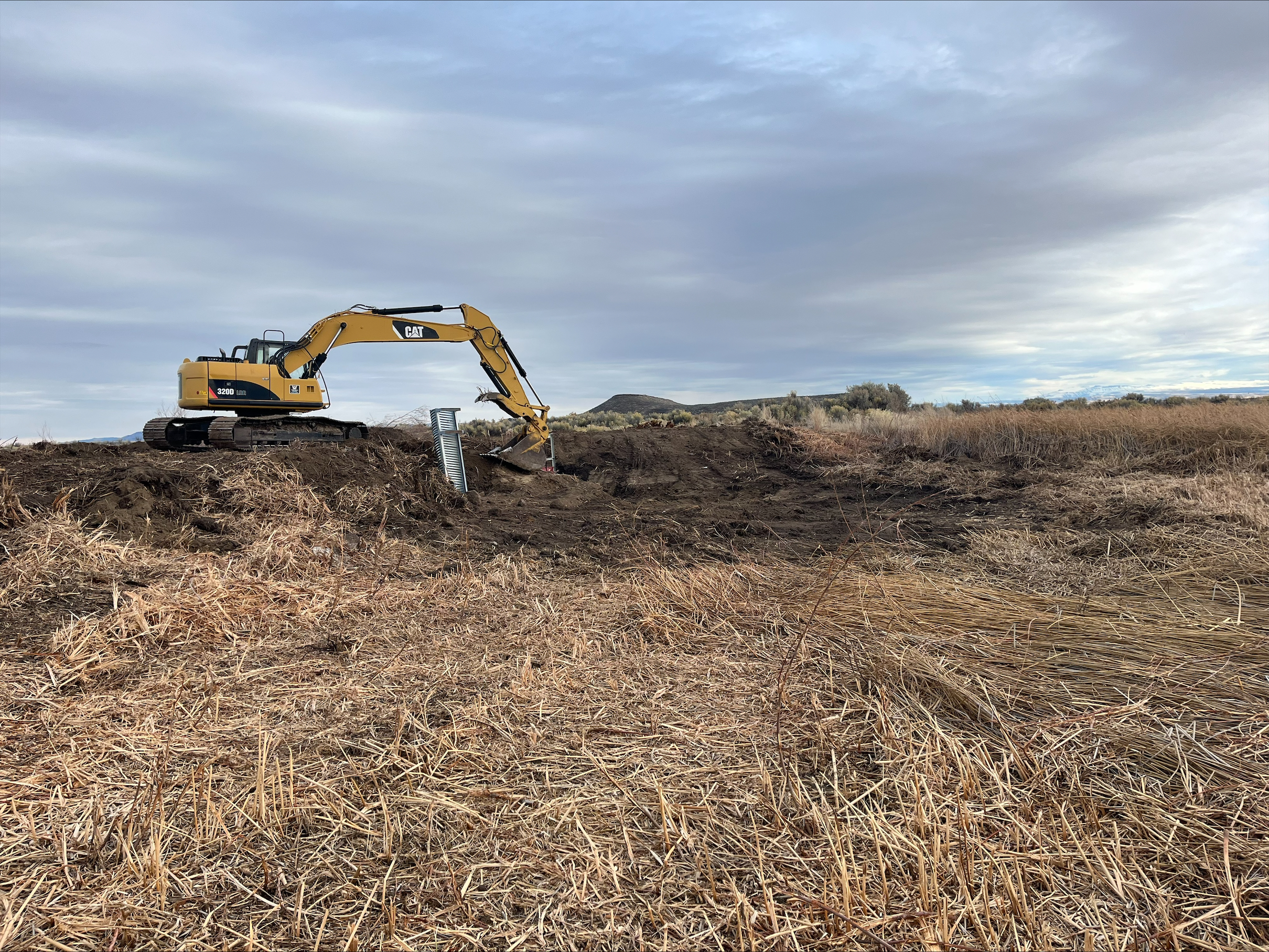Written by Evan Heeb, Conservation Consultant for Worthy Environmental
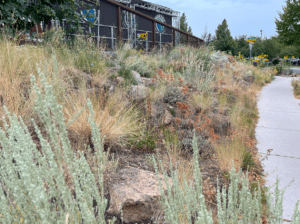 This fall, Wintercreek Nursery and Worthy Environmental will begin rebuilding the landscape around the Malheur Wildlife Refuge Headquarters. This project will begin with Phase 1: The portion of ‘lawn’ east of the Visitor Center deck that stretches from the deck to the public restrooms between the sidewalk and flower bed. You may have sat in this area on the bench beneath the hawthorn tree.
This fall, Wintercreek Nursery and Worthy Environmental will begin rebuilding the landscape around the Malheur Wildlife Refuge Headquarters. This project will begin with Phase 1: The portion of ‘lawn’ east of the Visitor Center deck that stretches from the deck to the public restrooms between the sidewalk and flower bed. You may have sat in this area on the bench beneath the hawthorn tree. As the climate changes on a regional (and global) scale, land managers must adapt to drier conditions throughout the American west. Currently, Southeastern Oregon and the rest of the northern Great Basin consistently experience droughts that can last several years. Consequently, water is becoming a precious commodity throughout the region.
The staff at the Malheur Wildlife Refuge understands this and wants to do what they can to reduce water usage around the headquarters. They’ve partnered with Wintercreek Nursery and Worthy Environmental to create a drought-tolerant landscape that will require very little water, once established.
In a dry climate, a grass lawn needs over 125 gallons of water a day to stay green (125 gallons per 1000 square feet). Alternatively, plants native to the Great Basin have a variety of traits that help them survive and thrive in even the driest conditions.
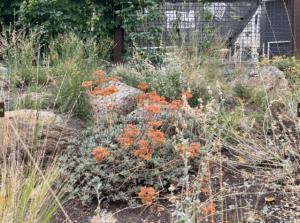
1. These plants have small leaf surface area, which reduces water loss through evapotranspiration.
2. Leaves and stems of certain desert plants have a thick, waxy coating, which reflects heat and keeps plants cooler during hot days
3. Many plants in the Great Basin have extensive, and very deep root systems that allow them to access water in the deepest levels of soil.
4. Plants from this part of the world are able to go dormant during periods of extreme drought. Dormancy reduces water and energy requirements during winter and during the hottest, driest times of the year.
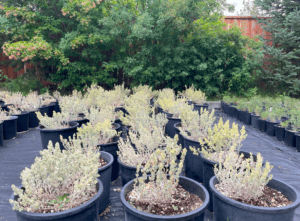 We intend to get rid of the lawn, and replant portions of the headquarters landscape with plants native to this region. Currently, the staff at wintercreek is working hard to grow prairie june grass, idaho fescue, great basin rye, indian rice grass, globe mallow, blue flax, richardson’s penstemon, indian blanket flower, four-wing saltbrush, spiny hopsage, wyoming sage, serviceberry, and mountain mahogany.
We intend to get rid of the lawn, and replant portions of the headquarters landscape with plants native to this region. Currently, the staff at wintercreek is working hard to grow prairie june grass, idaho fescue, great basin rye, indian rice grass, globe mallow, blue flax, richardson’s penstemon, indian blanket flower, four-wing saltbrush, spiny hopsage, wyoming sage, serviceberry, and mountain mahogany. The first phase of this project will begin the week of October 2nd.
On Sunday morning, October 15th, we will have a planting volunteer event. Email [email protected] for more information.
NOTE: This project is broken out into a 3 Phase plan to take place over the next few years. The Friends of Malheur are enthusiastic about supporting this work, both with volunteer stewardship and financially, as it progresses.

